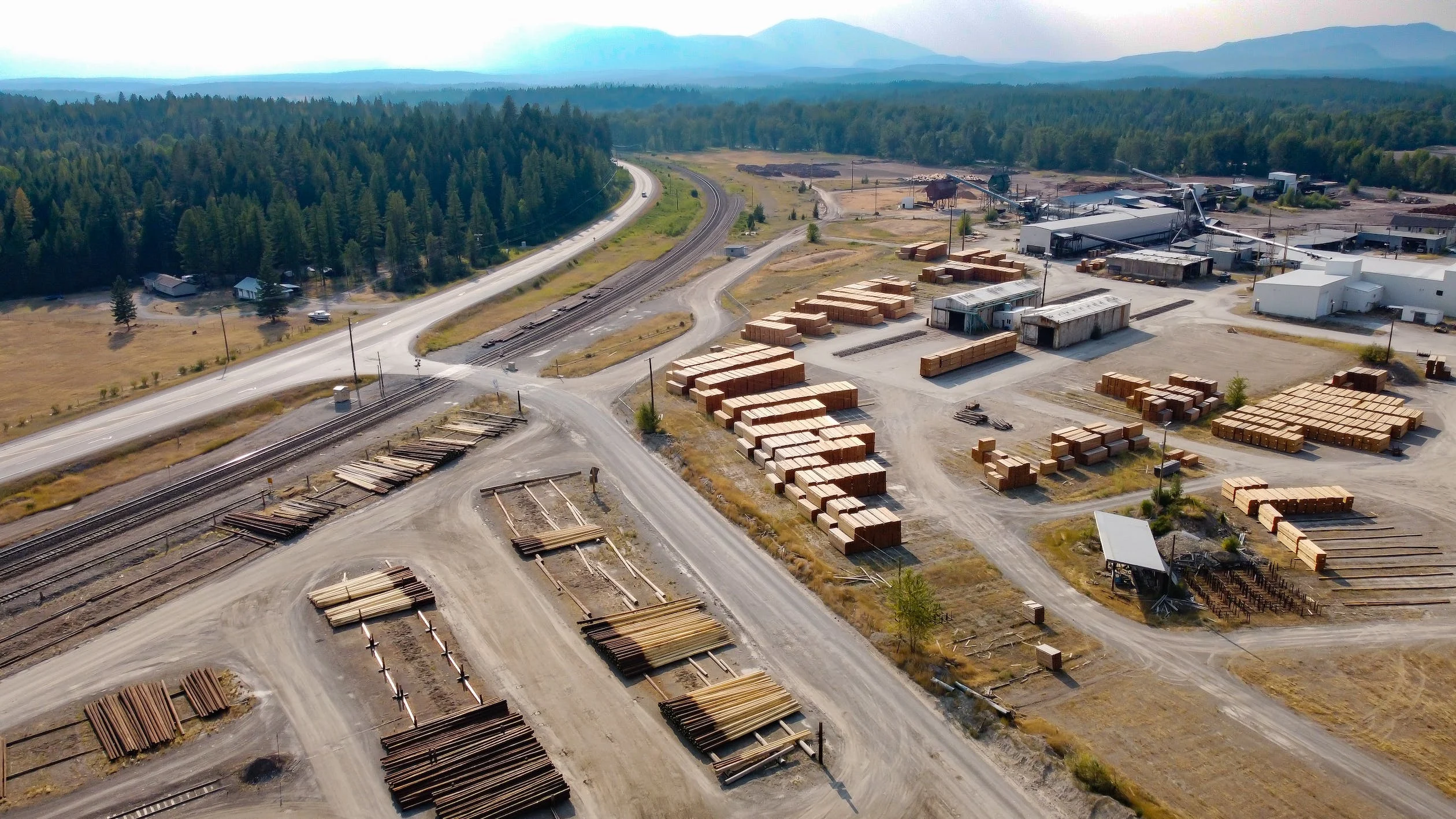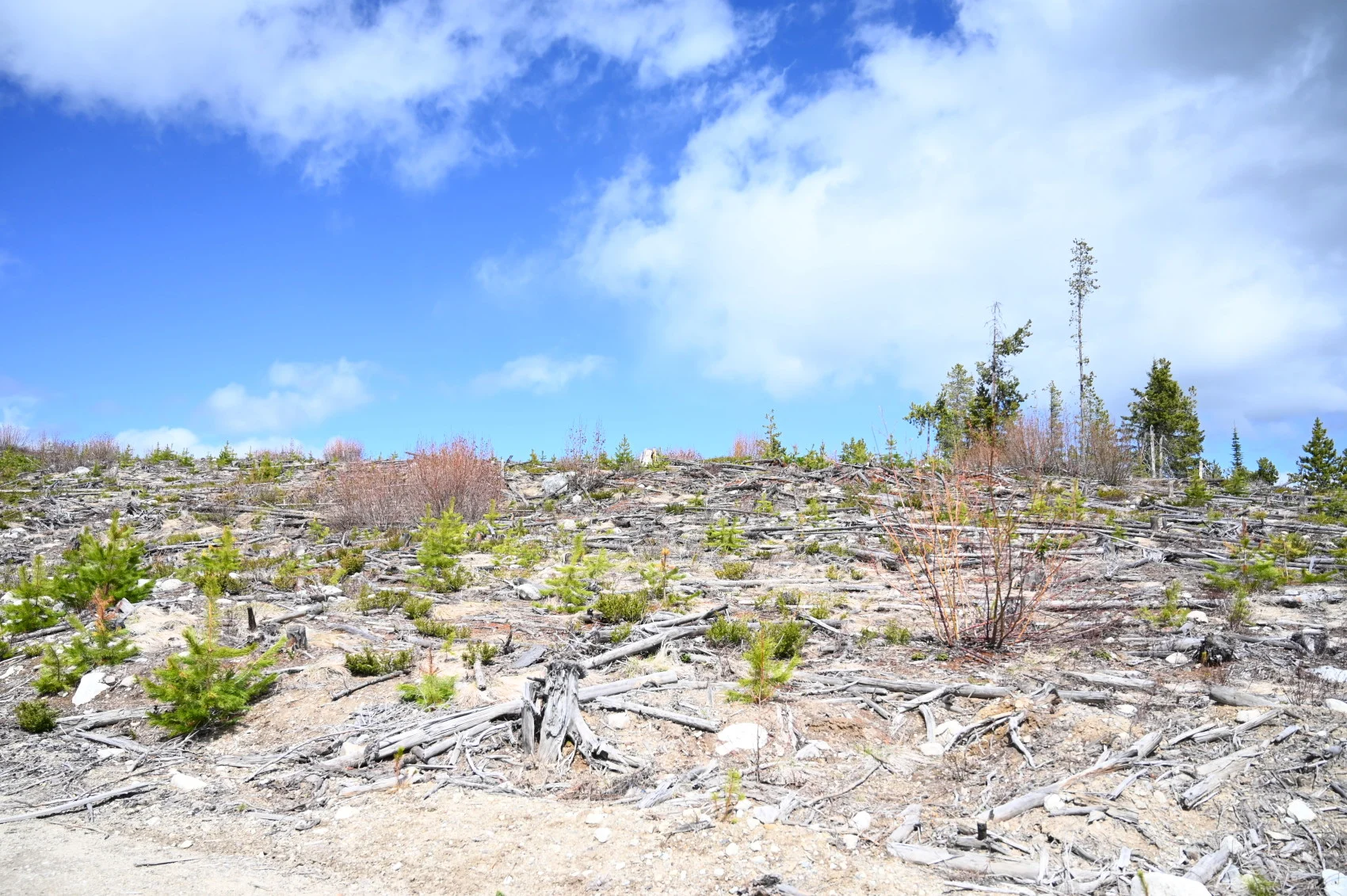
Canada’s emissions report paints a positive picture, but not a complete one
In 2021, Canada’s greenhouse gas emissions totalled 670 megatonnes — but the country may be responsible for much more.
On paper, Canada is making progress towards its climate goals.
In this year’s annual greenhouse gas inventory, the country’s emissions totalled 670 megatonnes of carbon dioxide equivalent (Mt CO2e) in 2021 — a mild 12-Mt increase from the year prior. The report notes that, while there was an uptick, emissions are still lower than pre-pandemic levels.
While this may sound like good news, Canadian environmental groups say that these numbers don’t fully show the country’s impact on the climate at home and abroad.
For instance, Caroline Brouillette, the acting executive director of Climate Action Network Canada, noted the report omits omissions from the burning and transportation of Canadian fossil fuels outside of Canada. This isn’t a small chunk of emissions either. According to Statistics Canada, in 2020, Canada ended up exporting 81.3 per cent of its crude oil, and 40.5 per cent of its marketable natural gas.
“So that's a big elephant in the room when it comes to the impact of Canadian activities on the climate. And it is definitely something that we should start reporting on so that we can take responsibility for it,” she told The Weather Network.
Much of Canada’s exported petroleum went to the United States, Spain, the United Kingdom, India, and the Netherlands. Brouillette said the federal government could provide this information separately from the GHG inventory report, but that it should still be made available.
“In the end, we live on one planet, and whether these fossil fuels are burned in Canada or in the United States, they still have the same impact on the atmosphere.”
READ MORE: Judge dismisses youth climate lawsuit but says Ontario's plan 'falls severely short'
Further, the GHG inventory report has, for the last few years, underrepresented the impact of emissions from the lumber industry. Nature Canada has made this criticism both this year, and in 2022.
“And if every sector is not having its emissions accurately recorded, that’s a huge problem. We’re not going to reach our targets unless every sector of the economy contributes to reducing emissions,” said Michael Polanyi, policy and campaign manager of nature-based climate solutions with Nature Canada.
The report does include data on emissions from harvested wood products, which it says accounted for 128 Mt CO2e in 2021 — around 20 per cent of the country’s total. This includes sources like wood used in construction and paper, as well as lumber used as firewood or combusted as biomass for energy.

An area of clearcuts in Peachland, B.C. (Mia Gordon/The Weather Network)
However, the federal government issues them a “massive carbon credit” from forests that are in the process of regrowing, whether or not the industry planted the trees or interacted with them at all, according to Polanyi. For instance, after a forest fire, trees will naturally sprout up to replace the ones that burned down, grow, and store carbon inside their mass, keeping it from the atmosphere.
But the lumber industry is “not actively engaged in those forests,” he said.
“And, frankly, those emissions should not be credited to the logging sector. The government should be transparently reporting the full climate impact.”
In the GHG inventory, the section “land use, land-use change and forestry” accounts for -17.7 Mt CO2e. Nature Canada is still studying what they consider to be the real emissions from the lumber sector. However, a Nature Canada report from last year claims that the total in 2020 was around 75 Mt CO2e.
Environment and Climate Change Canada did not respond to The Weather Network’s requests for comment by publication time. However, part of the GHG inventory report’s executive summary suggests that this area will change in the future: “Significant improvements to inventory estimates are anticipated in future editions of this report, notably for managed forest land.”
Finally, according to Brouillette, the fact that the report has a two-year delay is something of an issue. This lag could prevent people and policy makers from changing their behaviours, or correcting their course using relevant information.
“Imagine it's a little bit like if … politicians, doctors and policymakers who are giving us this weekly briefing on COVID showed us data from a few months or a few years ago,” she said. “We wouldn't have, as a collective, as a society, been able to make decisions in real time.”
Thumbnail image: Aerial view of a lumber yard in British Columbia. (Braeson Holland/Pexels)












